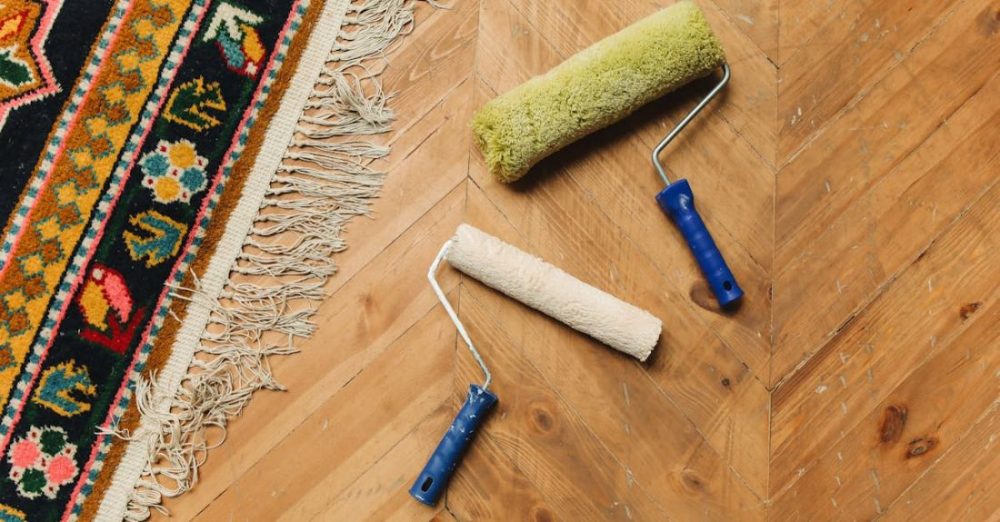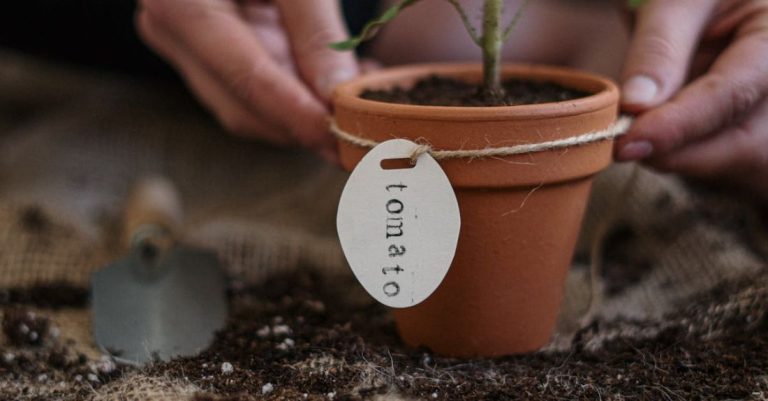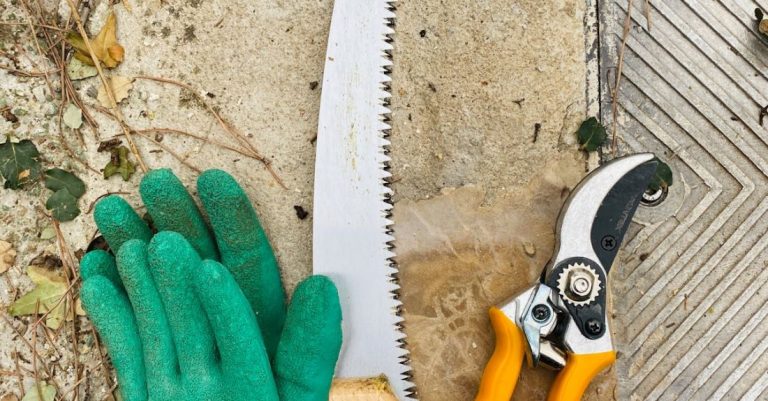
Gardening is a fulfilling and rewarding activity that allows you to connect with nature and create a beautiful outdoor space. To ensure your gardening tools are always in top condition and ready to use, it’s essential to establish a maintenance routine. Proper maintenance not only extends the lifespan of your tools but also ensures that they perform effectively when you need them most. Here are some practical tips on how to maintain your gardening tools.
Inspect Regularly
Regular inspection of your gardening tools is crucial to identify any signs of wear and tear. Check for loose or damaged parts, rust, or dirt buildup. By catching these issues early on, you can prevent further damage and keep your tools in good working condition. Inspect the handles, blades, and moving parts of your tools, such as shears and pruners, to ensure they are functioning properly.
Clean After Use
One of the most important aspects of tool maintenance is cleaning them after each use. Dirt, sap, and moisture can accumulate on your tools, leading to corrosion and rust. Use a brush or a cloth to remove any debris from the blades and surfaces of your tools. For stubborn dirt, you can use a mild detergent or a solution of water and vinegar to clean them thoroughly. Make sure to dry your tools completely before storing them to prevent rust.
Sharpen Blades
Sharp blades are essential for efficient cutting and pruning. Over time, the blades of your gardening tools, such as pruners, shears, and lawnmower blades, can become dull. Invest in a sharpening tool or take your tools to a professional for sharpening. Keeping your blades sharp not only makes your gardening tasks easier but also prevents damage to your plants by ensuring clean cuts.
Oil Moving Parts
To keep your gardening tools working smoothly, it’s important to lubricate the moving parts regularly. Apply a few drops of oil to hinges, springs, and other moving components to prevent friction and corrosion. This simple maintenance task can prolong the life of your tools and prevent them from jamming or sticking during use.
Store Properly
Proper storage is key to maintaining the condition of your gardening tools. Store your tools in a dry and well-ventilated area to prevent moisture buildup, which can lead to rust. Hang your tools on hooks or pegboards to keep them organized and easily accessible. Avoid storing your tools directly on the ground or in damp conditions to prolong their lifespan.
Protect from Elements
Exposure to the elements can cause damage to your gardening tools. To protect them from rust and corrosion, consider investing in tool covers or cases. Keep your tools sheltered from rain, snow, and excessive sunlight when not in use. If you store your tools outdoors, make sure they are covered or placed in a shed or storage box to shield them from the elements.
Replace Worn Parts
Over time, the parts of your gardening tools may wear out and need replacement. Keep an eye on the condition of handles, blades, springs, and other components, and replace them as needed. Using tools with worn or damaged parts can affect their performance and compromise the quality of your gardening work.
Conclusion:
By following these simple maintenance tips, you can ensure that your gardening tools remain in excellent condition and serve you well for years to come. Taking care of your tools not only benefits their longevity but also enhances your gardening experience. Incorporate these maintenance practices into your gardening routine to keep your tools in top shape and enjoy a seamless and efficient gardening process.





